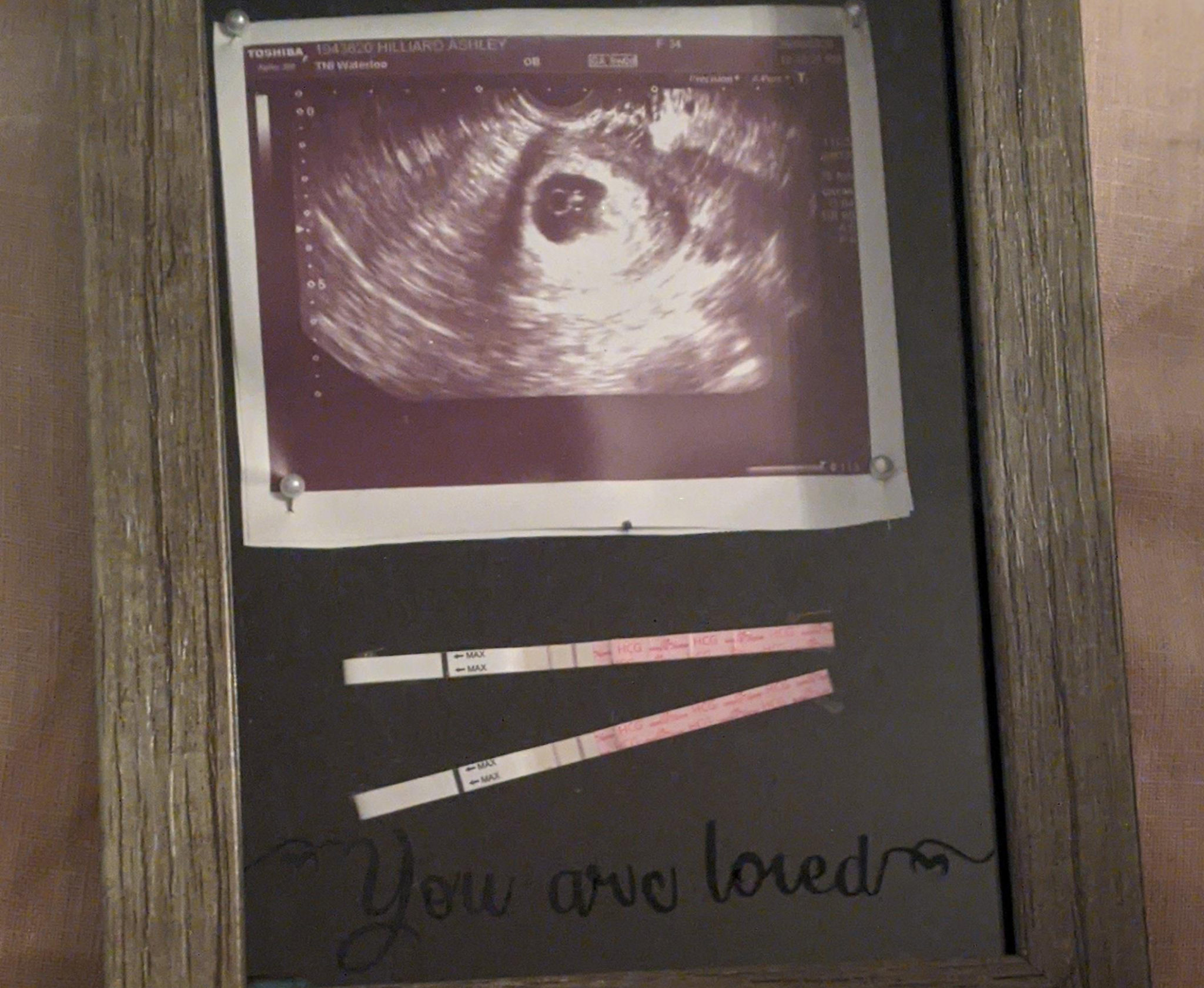Miscarriage Clots Pictures: Understanding, Coping, And Finding Answers
Miscarriage is a deeply personal and often misunderstood experience. For many, the journey through pregnancy loss can be overwhelming, especially when it comes to understanding the physical aspects of miscarriage, such as clots. If you're searching for miscarriage clots pictures, you're not alone. Many individuals and couples seek clarity and answers during this difficult time. Let's dive into what you need to know, offer support, and help you navigate through this sensitive topic.
Experiencing a miscarriage can bring up countless questions. From the emotional rollercoaster to the physical symptoms, it's important to have reliable information at your fingertips. One common concern is understanding the presence of clots during miscarriage. Pictures of miscarriage clots might be something you've come across or are curious about, and that's totally valid.
In this article, we'll break down everything from the science behind miscarriage clots to how they appear and what they mean. We'll also provide resources, support, and practical advice for anyone navigating this challenging phase. So, if you're ready, let's get started!
- Who Is Phil Spector The Man Behind The Wall Of Sound
- Steve Irwin Quotes The Words That Inspire Wildlife Conservation
Miscarriage clots pictures can be a valuable tool for understanding what your body is going through. But before we dive into that, it's crucial to understand the basics of miscarriage and why clots occur. Let's explore this topic with care, respect, and a focus on helping you feel more informed and supported.
What Are Miscarriage Clots?
Miscarriage clots refer to the blood clots that may form during a pregnancy loss. These clots are a natural part of the body's response to shedding the uterine lining and expelling the pregnancy tissue. While they might seem alarming, clots are often a sign that your body is working to heal itself. However, understanding their size, color, and consistency is important for assessing your health.
Clots during miscarriage can vary greatly from person to person. Some women may experience small, dark clots, while others might notice larger, redder ones. The variation depends on factors like the stage of pregnancy and individual physiology. It's essential to pay attention to any unusual symptoms and consult a healthcare professional if needed.
- Is Cicely Tysons Daughter Still Alive Discover The Truth Behind The Legend
- Is Emily Campagno Married The Ultimate Guide To Her Love Life And Journey
Why Do Clots Occur During Miscarriage?
Clots occur during miscarriage because the body is trying to eliminate the contents of the uterus. When a pregnancy ends, the lining of the uterus, which was preparing to support the growing fetus, is no longer needed. As the body sheds this lining, blood and tissue are expelled, often forming clots. This process is similar to menstruation but can be more intense depending on the stage of pregnancy.
Think of it like this: your body is cleaning house. The clots are a byproduct of this process, and while they might look intimidating, they're usually a normal part of miscarriage. However, if the clots are excessively large or accompanied by severe pain, it's a good idea to seek medical advice.
What Do Miscarriage Clots Look Like?
When people search for miscarriage clots pictures, they're often trying to understand what to expect. Clots during miscarriage can appear in various forms, and their appearance may change over time. Here's a breakdown of what you might encounter:
- Size: Clots can range from small pea-sized clumps to larger masses, sometimes resembling liver or muscle tissue.
- Color: The color of clots can vary from bright red to dark brown, depending on how fresh the blood is.
- Consistency: Clots might feel soft and gel-like or more solid, depending on the stage of the miscarriage.
It's worth noting that not everyone will experience clots during a miscarriage. Some women may have a lighter flow, while others might encounter heavier bleeding with noticeable clots. Each experience is unique, and there's no one-size-fits-all answer.
Is It Normal to See Large Clots During Miscarriage?
Seeing large clots during miscarriage is generally considered normal, especially in the early stages of pregnancy. However, if the clots are unusually large (larger than a quarter) or accompanied by symptoms like extreme pain, dizziness, or heavy bleeding, it's important to reach out to a healthcare provider. These symptoms could indicate complications that require medical attention.
Remember, your body is going through a lot during this time. It's okay to feel overwhelmed or unsure, and seeking support—whether from a doctor, counselor, or loved one—is always a good step.
Understanding Miscarriage Clots Pictures
Miscarriage clots pictures can provide valuable insight into what you might experience during a miscarriage. However, it's important to approach these images with caution. While they can help you understand what's happening physically, they might also evoke strong emotions. If you're considering looking at miscarriage clots pictures, here are some tips:
- Be prepared for what you might see. Clots can appear differently depending on the stage of pregnancy.
- Limit your exposure to images if you find them distressing. Focus on gathering information from trusted sources instead.
- Discuss any concerns with a healthcare professional who can provide context and reassurance.
When searching for miscarriage clots pictures online, make sure to verify the credibility of the source. Some images may not accurately represent the typical experience, so it's important to rely on reputable medical websites or consult with a doctor for clarity.
Where Can You Find Reliable Pictures?
Reliable miscarriage clots pictures can be found on websites run by healthcare organizations, such as the American College of Obstetricians and Gynecologists (ACOG) or the Mayo Clinic. These sources provide accurate and evidence-based information to help you better understand what to expect during a miscarriage.
Additionally, support groups and forums dedicated to pregnancy loss can offer personal insights and experiences. While these platforms may not always have professional pictures, they can provide emotional support and guidance from others who have been through similar situations.
When to Seek Medical Attention
While clots during miscarriage are generally a normal part of the process, there are times when medical attention is necessary. If you experience any of the following symptoms, it's important to contact a healthcare provider:
- Excessive bleeding (soaking through more than one pad per hour)
- Clots larger than a quarter
- Severe pain or cramping
- Fever or chills
- Dizziness or lightheadedness
These symptoms could indicate complications such as incomplete miscarriage, infection, or other health issues that require prompt treatment. Your doctor can perform tests, such as an ultrasound, to ensure that all pregnancy tissue has been expelled and that there are no underlying concerns.
What Happens During a Medical Evaluation?
During a medical evaluation for miscarriage, your healthcare provider may perform several tests to assess your condition. These can include:
- Physical Exam: Your doctor may perform a pelvic exam to check for signs of infection or retained tissue.
- Ultrasound: An ultrasound can help determine whether any pregnancy tissue remains in the uterus.
- Blood Tests: Blood tests can measure hormone levels, such as hCG, to confirm the miscarriage and monitor your recovery.
Based on the results, your doctor may recommend additional treatments, such as medication or a procedure called dilation and curettage (D&C), to help your body complete the miscarriage process safely.
Emotional Support During Miscarriage
Miscarriage is not just a physical experience; it's also an emotional one. The presence of clots and other physical symptoms can add to the emotional burden of losing a pregnancy. It's crucial to prioritize your mental health during this time and seek support when needed.
Here are some ways to cope with the emotional aspects of miscarriage:
- Talk to a therapist or counselor who specializes in pregnancy loss.
- Join a support group, either in person or online, to connect with others who understand what you're going through.
- Lean on friends and family for emotional support, even if it's just to share your feelings or spend time together.
- Practice self-care by engaging in activities that bring you comfort and peace, such as journaling, meditation, or spending time in nature.
Remember, it's okay to grieve and process your emotions in your own way. There's no right or wrong way to feel during this time, and giving yourself permission to heal is an important step.
How Can Partners and Loved Ones Help?
Partners and loved ones can play a vital role in supporting someone who has experienced a miscarriage. Here are some ways they can help:
- Listen without judgment and offer a safe space for expressing emotions.
- Help with practical tasks, such as household chores or errands, to reduce stress.
- Encourage professional support, such as therapy or counseling, if needed.
- Respect the grieving process and understand that everyone heals at their own pace.
By being present and supportive, loved ones can make a significant difference in the healing journey.
Preventing Future Miscarriages
While miscarriage is a common experience, affecting up to 20% of pregnancies, it's natural to wonder how to prevent it from happening again. While not all miscarriages can be prevented, there are steps you can take to promote a healthy pregnancy:
- Stay up to date with prenatal care and attend all scheduled appointments.
- Follow a balanced diet rich in essential nutrients, such as folic acid and iron.
- Avoid smoking, alcohol, and drugs, as these can increase the risk of miscarriage.
- Manage stress through techniques like yoga, meditation, or therapy.
It's important to remember that most miscarriages are caused by chromosomal abnormalities and are beyond your control. However, taking proactive steps to support your health can increase your chances of a successful pregnancy in the future.
When Is It Safe to Try Again?
Many couples wonder when it's safe to try for another pregnancy after a miscarriage. While there's no one-size-fits-all answer, most healthcare providers recommend waiting at least one to three menstrual cycles before trying again. This allows your body to heal and your hormone levels to stabilize.
Ultimately, the decision to try again is personal and should be made in consultation with your healthcare provider. They can offer guidance based on your individual health needs and circumstances.
Conclusion
Miscarriage clots pictures can be a helpful tool for understanding what your body is going through during a miscarriage. However, it's important to approach this topic with care and seek support when needed. Whether you're dealing with the physical symptoms or the emotional aftermath, remember that you're not alone.
By educating yourself, seeking medical advice, and prioritizing your mental health, you can navigate this challenging time with strength and resilience. If you found this article helpful, consider sharing it with others who might benefit from the information. And don't forget to explore more resources on our site for additional support and guidance.
Table of Contents
- What Are Miscarriage Clots?
- Why Do Clots Occur During Miscarriage?
- What Do Miscarriage Clots Look Like?
- Is It Normal to See Large Clots During Miscarriage?
- Understanding Miscarriage Clots Pictures
- Where Can You Find Reliable Pictures?
- When to Seek Medical Attention
- What Happens During a Medical Evaluation?
- Emotional Support During Miscarriage
- How Can Partners and Loved Ones Help?
- Preventing Future Miscarriages
- When Is It Safe to Try Again?
- Fan Bus The Ultimate Way To Supercharge Your Fan Experience
- Bruce Somers Jr Accident The Untold Story Behind The Headlines

Miscarriage

Miscarriage

What to Say Miscarriage